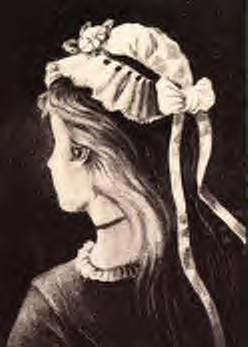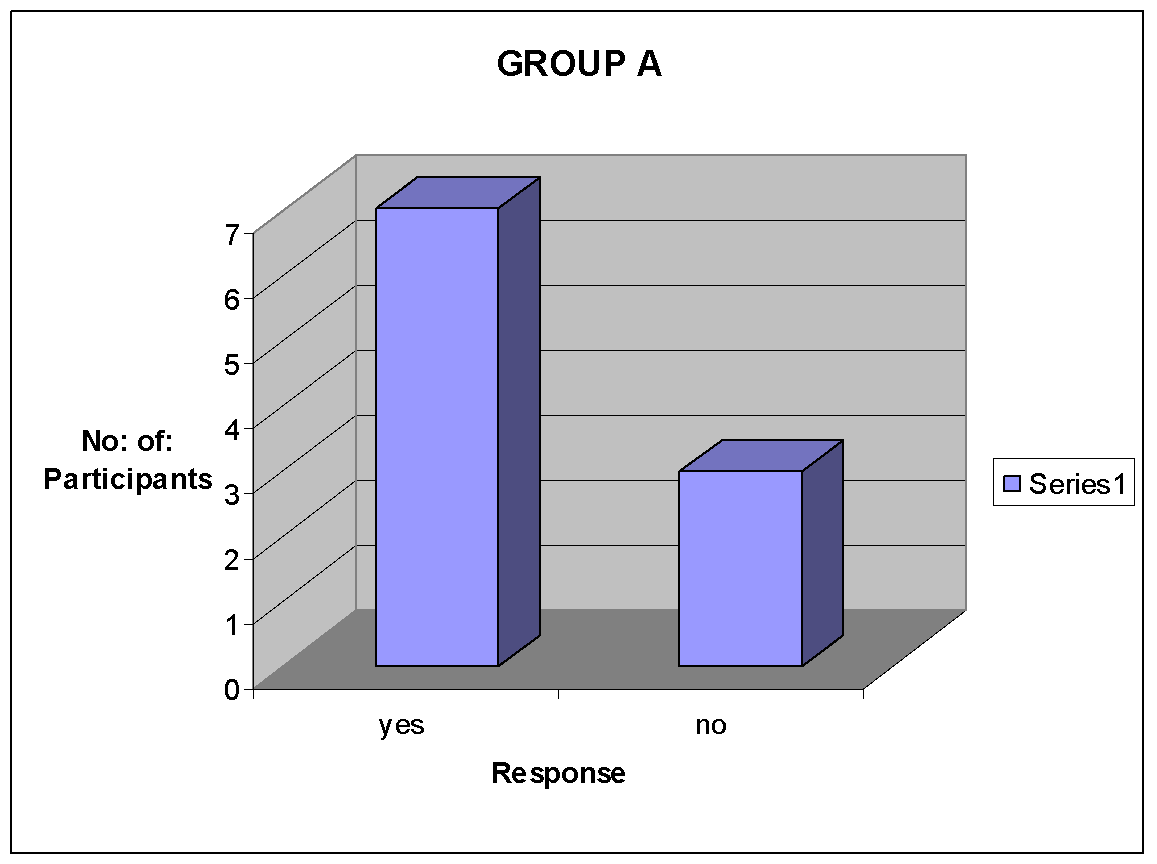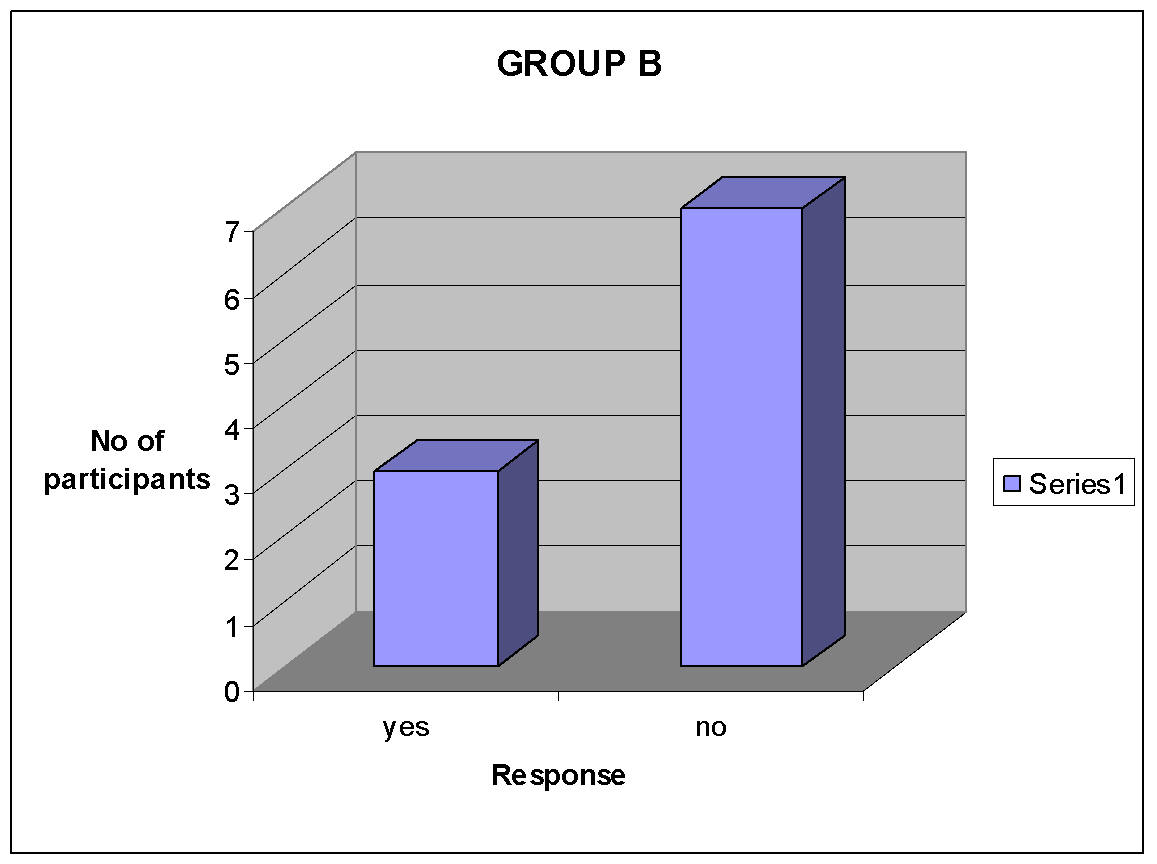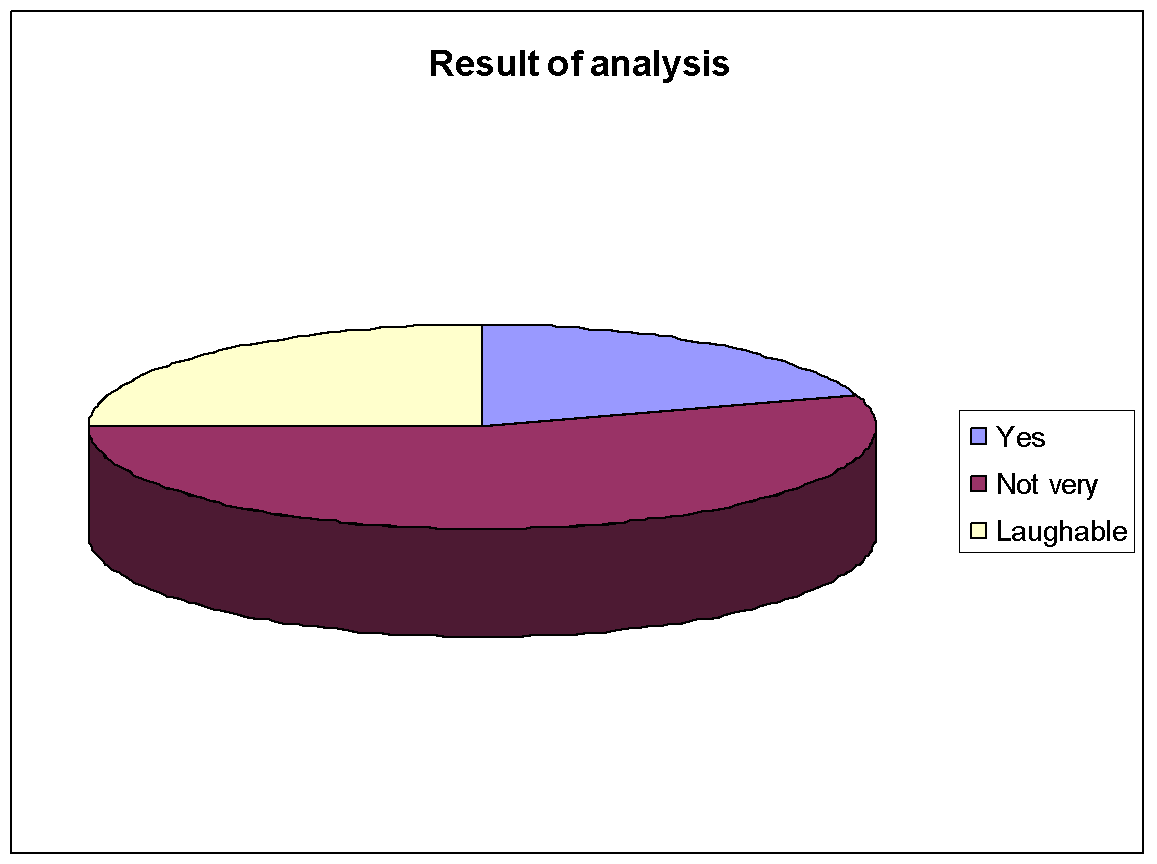Introduction
People have identified many creations of man as ‘wonders of the world’. For instance, the Great Wall of China, The Taj Mahal and so on. If I were asked to list the wonders of the world, the first on the list would be the man himself. The human body has remained a mystery for a while. Recent studies have led to the discovery of the amazing functions of various organs in the body. But the one thing that will continue to intrigue us is the human brain. It is still a mystery. The human brain is as complex as it is interesting. The big irony is that we humans are still unable to fully understand our brains! What is mentioned in biology text books and journals about the human brain is so small and almost insignificant compared to the myriad functions and parts of the brain that are yet to be explored. We have so many questions regarding the human brain to which there are no answers as of now. However, the human brain will remain a wonder only if those questions remain unanswered.
Human psychology is a vast subject that deals with a person’s thoughts, feelings, emotions and the like. Social psychology is concerned with information processing within the individual and deals with the ways in which social causes or influences disturb these processes. But, social psychology has attracted greater attention for its regular crises than for any other results and answers it has produced (Flick.U, 1998). We do know that the brain performs functions like thinking, deciding, remembering, recognizing, comparing, and calculating and so on, but we dot know exactly how. A person is a vegetable if his brain does not function. Such is the significance of the human brain. Social Cognition is a branch of Human Psychology. According to Baron and Byrne, it refers to the manner in which we interpret, analyze and remember information about the social world. (Pennington, C.D, 2000) According to Ziva Kunda, memory is an act of reconstructing past information or experiences and not recalling the past incidents. When something is remembered, a series of processes take place in the brain, it recovers and then starts reconstructing the information like the things a person has done or learned. The author says that the incidents are not actually remembered the way they happened. It is shaped by many factors like time, circumstances when it happened, and so on (Kunda. Z, 1999).
According to the Buddhists, there are two types of memory; that of holding in mind and that of recollection or the reconstruction of memory of the previous experiences. Both have the nature of material concerning them according to the Buddhist text. (Gyatso. J, 1992). The primary source of material for the data reconstruction process is one’s memory for the event itself which means, event memory-based re-construction (Thompson P.C, 1996).
Hot cognition means a mental process with series of recollections and processes that are distorted by the current mental state of a person and are driven by a desire or feeling- where goals and mood color decide our judgment. It is a physical process in which is aroused to action in response. In simple words, hot cognition is the opposite of cold cognition in which deep intellectual thinking, analyzing, and reasoning play an important role. For example, a person may respond to his emotion without analyzing the situation properly. During the study of brain aging people not only look at the memory alone, but they also see the cognitive abilities of the people. Cognition is not only remembering and forgetting but also perception, learning, reasoning, imagination, insight, and so on. (Kunda. Z, 1999)
The present perspective is concerned with the antecedents and consequences of hot cognition. However, the previous researches on hot cognition were only concerned with demonstrating how effects influence memory, judgment, decision, and behavior.
(Forgas..P.J, Williams.D.K & Hippel..V W, 2003)
Researchers, who study social cognition, differentiate it as “cold” and “hot” cognition. Hot cognitions occur during conditions of aroused motivation or emotion and cold cognition is similar to that of processing information (Maxwell M, 1991).
Review of the study undertaken by Cohen in 1981
Many types of research and studies have been undertaken to examine whether expectancies and preconceived information could cloud judgment. One such study undertaken by C. Cohen in 1981 is as follows.
A group of people was made to watch a video of a woman having a birthday dinner with her husband. Before watching the video, half of them were told that the woman was a librarian and the rest of them were informed that she was a hotel waitress. After the session, when the memory of the group of people was tested it was found that the participants who were told that the woman was a librarian recalled details consistent with the stereotypes of a librarian. The rest of the people who were told that it was a waitress could remember details congruent with the details of a waitress (DeLamater,D.J, 2003).
This study went on to prove that cognitive structures may influence recall and also how preconceived information can color judgment. Though the profile and some of the attributes of the woman in the video were consistent for a waitress and the rest for a librarian, people were inclined to believe what they were told already. When the people were told beforehand that the woman in the video was a waitress, they could recall aspects of the woman that were coherent for a waitress and the same goes for those who were told that it was a librarian.
Hypothesis for “Hot cognition”
We wanted to conduct a similar study to find out if preconceived information influences judgment. For this, we have planned to include twenty participants and show them a famous work of art that is still found in the Birla museum at Hyderabad, India, and test how they interpret the painting based on the information provided beforehand. This tests the principle of hot cognition.
Hypothesis for “memory”
To test if memory is the reconstruction of the past or recollection of events, we conducted another research. The same twenty people were asked to recall an incident that happened years back. Questions were asked to them on how they felt about the incident currently. This tests if the statement that memory is reconstructed depending on factors like time, circumstances, and so on is true.
The following are the contents of this paper:
- The methods that we undertook to carry out both the researches
- The results or outcome of the research
- The limitations of this study
- The significance of this study to the world at large.
Procedure
We conducted the hot cognition test and the memory test on a group of twenty people who were in their early or mid-twenties. We divided the people into two groups, each group containing ten people for the hot cognition test, and gave a general test for all the twenty people on the memory test.
Hot cognition test
We had chosen a famous picture of the Birla museum Hyderabad India – it is a museum that started in 1930. The museum is a semi-circular building containing sections on implements, sculptures, paintings, inscriptions, illuminated scripts, coins, arms, bidri ware, etc. and the most famous and crowd-drawing feature is the 4,000 – year – old –Egyptian mummy (Bradnock. R, 2000). The picture is given below:
/var/www/blog-sandbox.itp/wp-content/uploads/2021/09/191769_1.jpg 248×347 24bit N JFIF [OK] 13565 –> 13035 bytes (3.91%), optimized.

The drawing that we have taken is a well-known optical illusion. One can either see a side view of an old woman with a big, crooked nose or a pretty young girl seen from behind if they are unaware that the picture is an optical illusion type and there will be a hidden image in the picture. We showed the image to a group of twenty people. They were divided into two groups- ten in each. Before showing the picture to them, we told the first group that the picture had a hidden image which was a side view of an old woman with a large nose. The second group was not informed of the optical illusion. When we asked the people to describe the image, the first half described the features of the young girl, they were unable to look into the image beyond the girl due to the preconceived information and the second half described the features of the young and also explained the image of the old woman’s wrinkled face and the large nose hidden in the picture, they were influenced by the prior information that we gave them.
Memory test
Memory is one word that is difficult to define, although most people have what appears to be an instinctive definition from an early age. Without requiring a precise definition, research on memory now occupies the time of thousands of scientists and students researching all over the world. Though many of them have now agreed that the word is “the systems, representations, and processes in living organisms that are involved in the retention of information”, but this is rather a vague definition (Samuel. D, 1999).
It is not very accurate. We wanted to experiment on the basic meaning of memory- ‘recollection’. We wanted to find if memory is a process of recollection or if it is a process of reconstruction. As for the memory test, the same group of people was asked to recollect certain scary incidents that happened to them when they were young (when they were around six years) what they felt about it when they were around the age of fifteen (if they were still scared of the same incident as they did when they were much younger) and how they feel now (if they are still scared when they think about it). They recollected incidents like being left alone in a dark room, getting lost in a crowded market, or being scared of things like dog’s ferocious barking, lizards, etc. Most of the people felt that they were less scared when they were in the age of fifteen and laughed over the incident and their childhood fear now that they found those incidents funny, amusing, and all the more silly. We realized that memory is not the process of recollection; it is a process of reconstruction of events that is influenced by time, age, circumstances, and so on. What a person felt earlier about a particular incident changes as he grows and his point of view also changes. For example, when we asked the people to recollect a painful incident that happened when they were young, they found the same incident funny due to the time and circumstances in which they are and wherein.
Expected results
The purpose of our research was not to prove something but to add our share of evidence to already researched concepts of memory reconstruction and hot cognition. Our first test on memory reconstruction aims at proving the view that we do not recall past incidents exactly the way they occurred but tend to reconstruct the events. During this process of reconstruction, various psychological and physiological aspects influence the reconstruction process. The psychological aspects are mainly concerned with our moods and emotions during the time of the occurrence i.e. our state of mind at that point of time and the way we approached the incident emotionally.
In our hypothetical experiment, we asked a gathering of twenty people to talk about a painful memory of the past that took place between the ages of 4-10 years. They were then asked to recall their emotions and approach themarewhen they were of 15 years of age and then asked to recall it again now. We expect our results to show the difference and maturity in their way of approach to the painful memory and how it has altered and subdued over the years. The majority of would have recalled the incident in a far less painful manner currently than what it was in the past. Thus proving that psychological maturity and the current mental state of the individual influences memory reconstruction.
The other subject of research was “hot cognition”. This experiment was done to add proof that the opinions and judgment of other people influence our personal opinion of something. When we approach something with a preconceived idea of it, we tend to base our opinions on that particular idea or that point of view. For example, if a girl is about to meet a guy for the first time and she is already told in advance by her friends that he has a charming personality, the girl tends to take special notice of that characteristic of his personality, therefore subconsciously basing her opinion about the man on that of her friend’s. However, we chose a different experiment for our hypothesis.
The same group of twenty people was about to be shown a painting in which the artist made use of an optical illusion. The painting is of a young girl wearing a hat which also has another picture of a profile of an old woman hidden in it. Ten people among the group of twenty were informed about the hidden picture in advance and the rest were not told about it. As a result, we expect the already informed ten people to notice the hidden picture and the other ten to not notice it. As a result, one part of the gathering will conclude that the picture has an optical illusion in it and the other group will not have such an opinion, therefore, proving that we subconsciously base our opinion on that which is already told to us by someone else, or known to us through some other sources.
Results obtained
For convenience, the first group is called Group A and the second group is called group B.
Hot cognition
We have presented the results in the form of a graph. As mentioned earlier, Group A was told that there was a hidden image of an old woman within the painting. The graph shows that the majority of the participants could see the hidden image and the rest could not. The result complies with the theory that preconceived information could influence individual judgment. The X-axis denotes the response obtained. The Y-axis denotes the number of participants.
GROUP A

GROUP B
Group B was not told anything about the picture in particular. But later when they were asked whether they noticed anything else apart from the young woman, 7 of them claimed to have seen nothing else while 3 of them noticed a hidden image of an old lady within the painting despite not being told about it beforehand.

Memory reconstruction
Participants were asked to recall a terrifying incident from their childhood and when they were asked whether they found it to be as horrifying, 11 of them found it to be not as terrifying as it was back then, 5 of them still recalled it as a terrifying experience, whereas 4 found it laughable.

Therefore, this analysis shows that factors like time, circumstances, and so on could influence the reconstruction of past events.
Limitations of the study
The study was only conducted amongst a gathering of twenty people and not on a larger demographic scale. Moreover, psychology varies from person to person and we can only establish the results of research taking into consideration only the majority. Even in our study, we only expect that the majority of the twenty people to comply with the theories of “memory reconstruction” and “hot cognition”. The rest who do not come under this majority will be treated as exceptions and therefore all these theories cannot be relied upon completely.
Significance of the study
The main objective of the study is to establish proof to the theories of memory construction and hot cognition, which need backing to be considered more than just a mere thesis. The study of the human mind is very and therefore it would require a good amount of research and statistics to establish any theory as a finding. Most people are unaware of their subconscious and its ability to affect their day-to-day judgments and opinions. We tend to believe that we make our judgments using only our conscious mind, but it is them are when that seldom so. We believe that we have the ability to recall events in our life exactly the way they happened, but we are unaware that our memory does not recall, but reconstruct the events based on our moods and emotions. Even non-psychological factors like the surroundings and our physical condition can influence the way we recall past incidents of our life and through our study, we wish to establish this fact. The other subject we researched was “hot cognition”. This is another subconscious factor that influences our judgment. It explains how a preconceived idea or the opinion of a third person could cloud our judgments. If we are told in advance about some person or something, we tend to base our opinions and judgments upon that. We tend to look at things from that perspective. In short, it gives us a point of view from which to look at things rather than making up that view for ourselves. This is often seen when we tend to rely on the reviews of a film critic before deciding to watch a movie. We also tend to make our personal opinion based on that critic’s point of view. The objective of this study is to make people aware of such concepts and try to help people to understand and accept their subconscious and learning to deal with it on an everyday basis.
Conclusion
From this study, we wish to establish and add proof to the theories of memory reconstruction and hot cognition. These two concepts are unfamiliar to many people who naively believe that all their decisions are based on conscious thought; they don’t realize the role the subconscious mind plays in influencing these decisions. As psychology is a subjective topic, it requires notable and substantial proof for theories to be taken seriously as they are nothing but our observations put in the form of a comprehensive analysis with statistical evidence backing it all. These studies help us to understand ourselves better and also our fellow human beings. We can never guarantee that our judgment and opinions will never be adulterated by other factors, but from the study, we can at least try and minimize the effect of our subconscious in making our decisions. Therefore we present to you this research paper in the hope that it will help enlighten people about the factors that could influence their opinions in day-to-day life. And thus through our experiments, we have confirmed that:
- Hot cognition is influenced by moods and pre-conceived information, these affect the judgment of the people.
- Memory is an act of reconstructing which is influenced by certain factors like time, age, circumstances, etc., and it is not entirely an act of recollection.
References
Pennington, C.D., (2000): Social Cognition (Electronic Version): Routledge. Web.
Kunda, Z., (1999): Social Cognition: Making Sense of People (Electronic version): MIT Press. Web.
DeLamater, D.J., (2003): Handbook of Social Psychology (Electronic Version): Springer. Web.
Bradnock, R., (2000): South India Handbook: The Travel Guide (Electronic Version): Footprint Travel Guides. Web.
“Young and old” (n.d): (Electronic Version).
Samuel, D., (1999): Memory: How We Use It, Lose It, and Can Improve it (Electronic Version): NYU Press. Web.
Forgas, P.J., Williams D.K., & Hippel V.W., (2003): Social Judgments: Implicit and Explicit Processes (Electronic Version): Cambridge University Press. Web.
Thompson, P.C., (1996): Autobiographical Memory: Remembering what and Remembering When (Electronic Version): Lawrence Erlbaum Associates. Web.
Maxwell, M., (1991): The Sociobiological Imagination (Electronic Version): SUNY Press. Web.
Gyatso, J., (1992): In the Mirror of Memory: Reflections on Mindfulness and Remembrance in Indian and Tibetan Buddhism ( Electronic Version) : SUNY Press. Web.
Flick, U., (1998): The Psychology of the Social (Electronic Version): Cambridge University Press. Web.